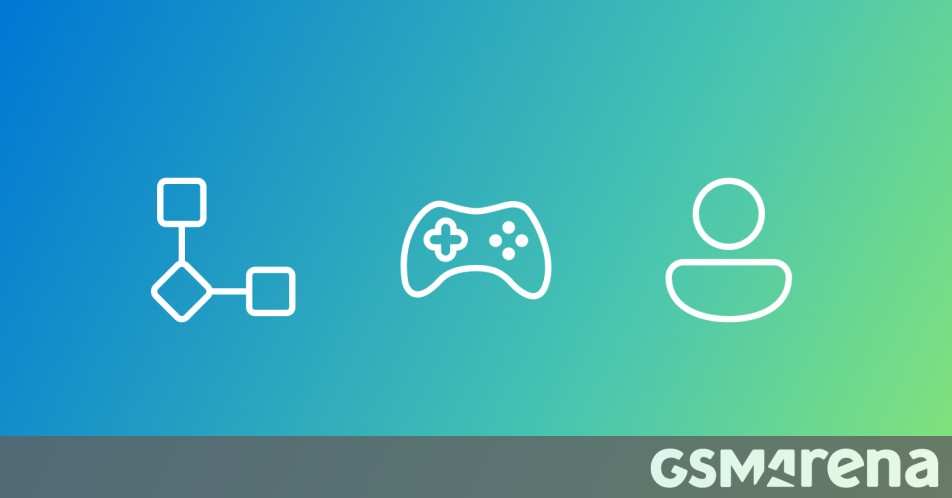Table of Contents
ToggleMicrosoft Introduces Muse: An AI Model for Game Development
Microsoft has teamed up with Teachable AI Experiences and Ninja Theory, a member of Xbox Game Studios, to launch an exciting new AI model named Muse. This innovative tool aims to assist game developers by enhancing the way they create and design games.
What is Muse?
Muse is an advanced AI model specifically designed to generate game visuals and controller actions through its 3D understanding of gameplay. For its development, Muse was trained on a staggering 1.6 billion parameters, using extensive data from 1 billion images and controller actions. This knowledge draws from approximately seven years of actual human gameplay, making it a powerful asset for developers.
The training process involved data gathered from players who willingly shared their gameplay experiences. Muse operates at a resolution of 300 x 180 pixels, allowing it to generate video game sequences up to two minutes long. It can also predict how a game will evolve in its “world model” mode. Demos reveal that Muse can effectively manage camera shifts, create path selections, and even introduce new characters—all while adhering to the game’s physical laws.
Applications of Muse in Game Development
So how does Muse fit into the modern game development landscape? According to Microsoft, the model is already being utilized to build real-time AI models that can be played within different games. This capability allows developers to experiment with new ideas and potentially extend existing game franchises.
Advantages of Using Muse:
- Creative Testing: Game developers can explore new concepts more freely.
- Expansion Opportunities: Existing game titles may receive enhancements or new features.
- Reviving Retro Games: Muse holds promise for the revival of classic games, making it easier to adapt them for contemporary hardware.
Accessing Muse’s Resources
For developers and researchers interested in exploring Muse’s capabilities, Microsoft provides access to the model’s weights, sample data, and what is known as the World and Human Action Model (WHAM) through the Azure AI Foundry. This resource enables developers to leverage Muse’s technology for their own game projects.
Furthermore, Microsoft is set to release short, interactive demos showcasing Muse’s AI capabilities via Copilot Labs later this year. These interactive experiences will allow users to see Muse in action and understand its potential in real-world game development scenarios.
What to Expect in the Future?
With Muse paving the way for innovative developments in the gaming industry, the future of game creation looks promising. As AI continues to evolve, we can expect more sophisticated tools that will revolutionize not only how games are made but also how players experience them. Muse represents a significant step forward in integrating AI within game development, pushing the boundaries of creativity and interactivity.
Conclusion
In conclusion, Microsoft’s Muse is set to transform the landscape of game development. By leveraging advanced AI capabilities, Muse offers a plethora of benefits for developers. From helping to generate new game visuals and actions to making it easier to adapt classic games to new platforms, Muse is an exciting tool that brings fresh ideas to the forefront of the industry.
With ongoing advancements and interactive demos on the way, now is an exciting time for both game developers and enthusiasts as they look forward to innovations driven by Muse. Whether creating entirely new games or reimagining beloved classics, Muse has the potential to leave a lasting impact on how we play and enjoy video games.



